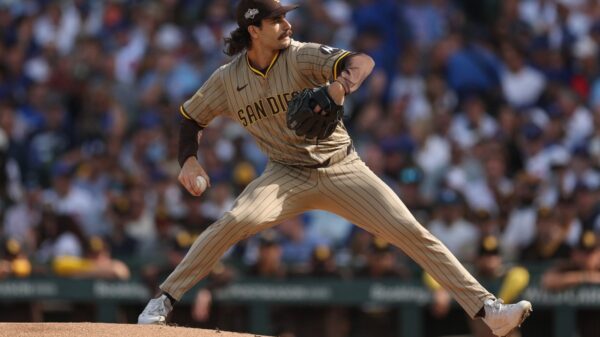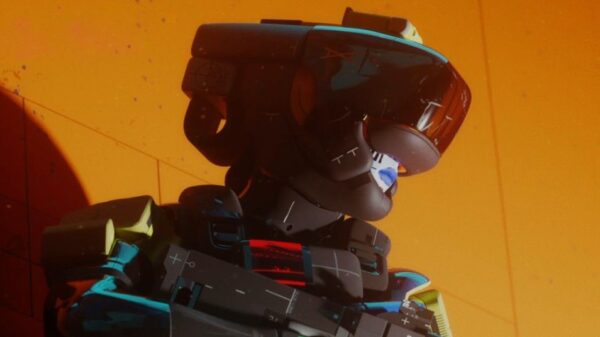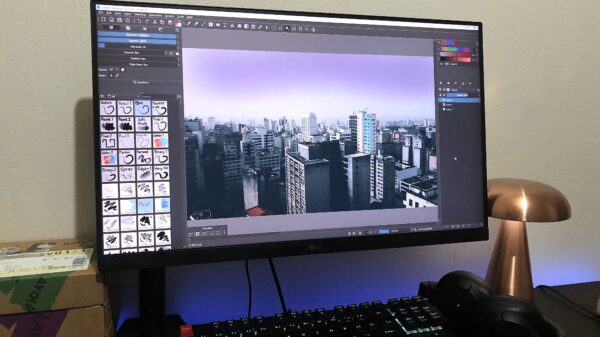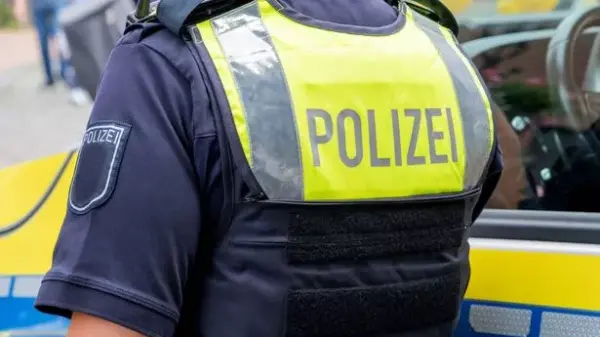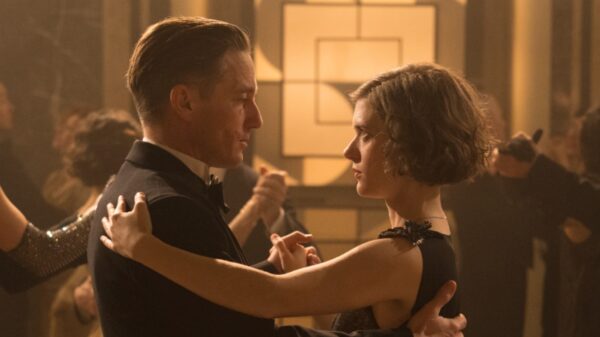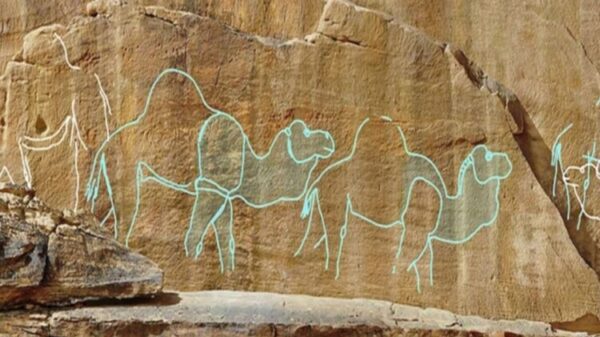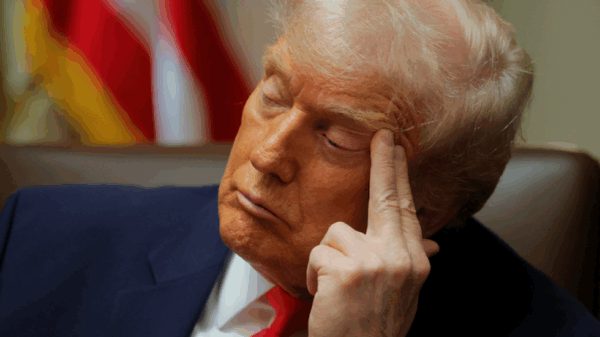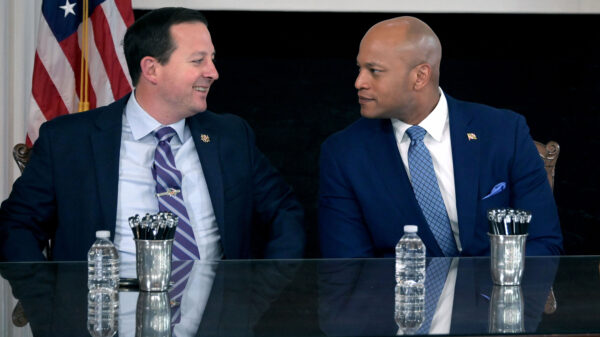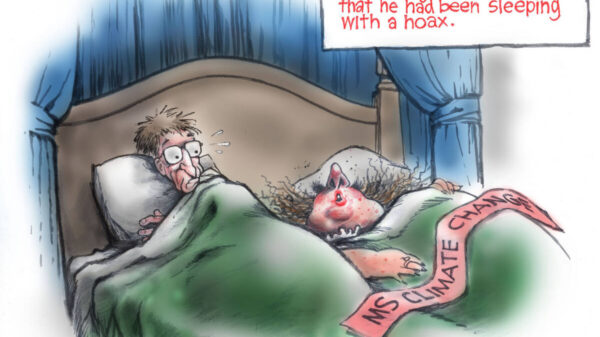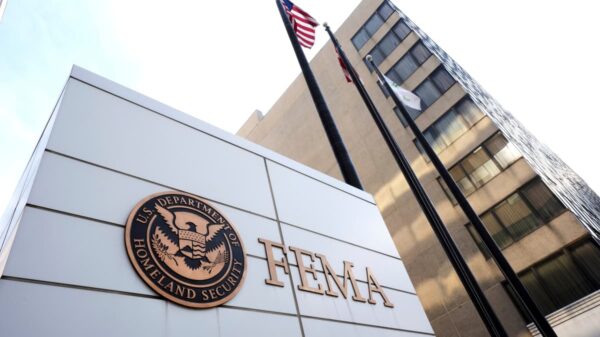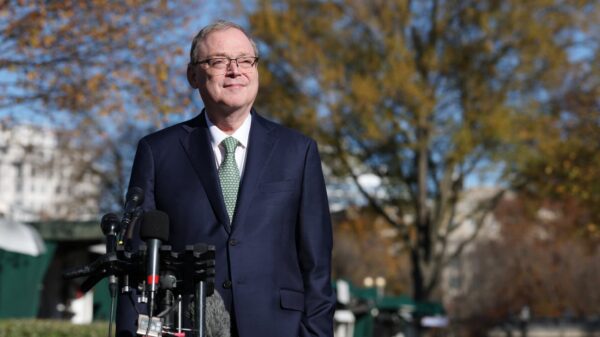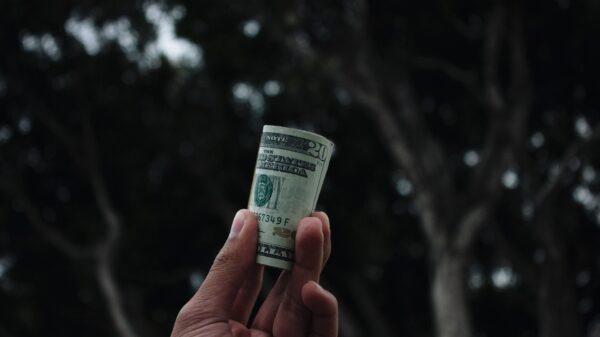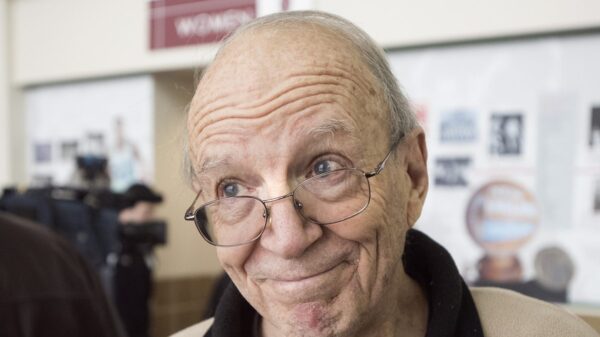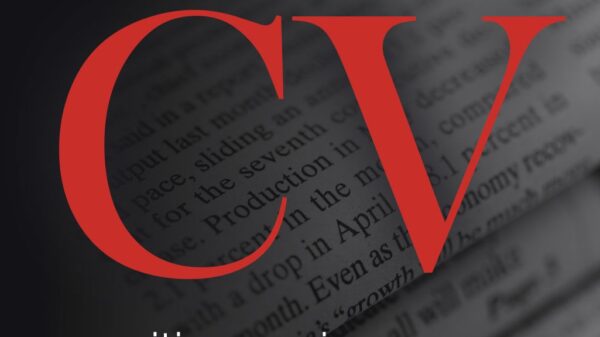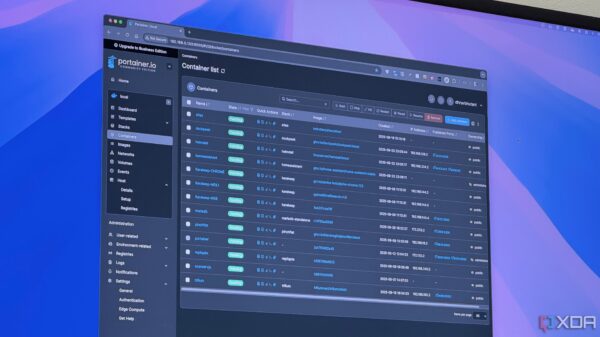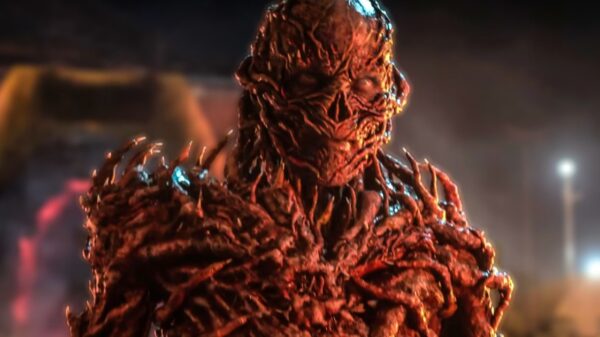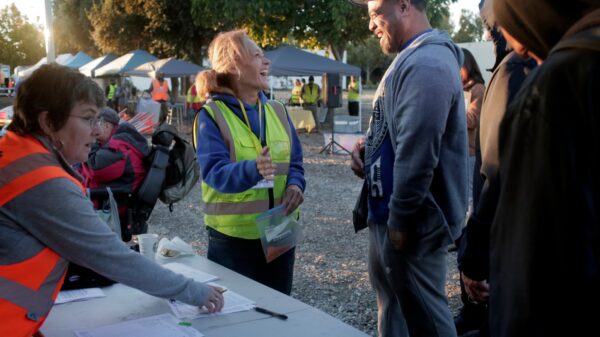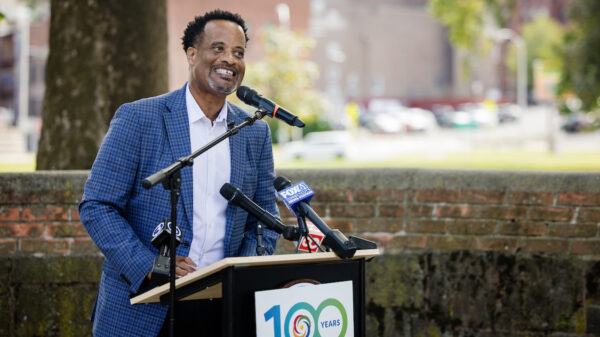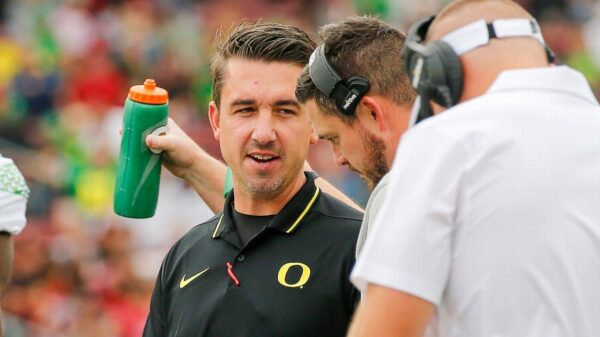A pair of new scientific papers suggests that thousands of unidentified flying objects (UFOs) may have been captured in photographs taken during the 1950s. Astronomer Beatriz Villarroel from the Nordic Institute for Theoretical Physics presents findings that indicate the presence of “transients”—briefly appearing star-like objects of unknown origin—visible in historic photographs of the night sky. The research, published in reputable journals, raises intriguing possibilities about the nature of these phenomena.
Villarroel’s papers, published in Nature’s Scientific Reports on October 20 and Publications of the Astronomical Society of the Pacific on October 17, analyze approximately 2,000 photographic plates taken at the Palomar Observatory between 1949 and 1958. These images were part of one of the earliest comprehensive astronomical surveys known as the Palomar Sky Survey. Notably, the photographs were taken before any man-made satellites or space vehicles were in orbit, providing a unique glimpse into the sky of that era.
Through advanced machine learning techniques, Villarroel and her team identified around 107,000 transient lights that appear in the images. While some of these were attributed to errors or aberrations, a significant number remain unexplained. The researchers found a “small positive correlation” between sightings of unidentified aerial phenomena (UAP) and the transients, suggesting a potential link that warrants further investigation.
Connecting UFO Sightings to Nuclear Tests
One of the most compelling aspects of Villarroel’s research is its connection to historical UFO sightings and nuclear testing. The analysis revealed that transients were 45% more likely to occur within 24 hours of a nuclear test. For instance, the final transient recorded before a nuclear test in this dataset was on March 17, 1956, just after the Joe 21 nuclear test conducted in Russia, according to research from the University of Columbia.
In another notable instance, multiple transients appeared during the well-documented Washington DC UFO Incident in July 1952. During this period, there were numerous reports of flying saucers in the skies over the U.S. capital, and the findings suggest that the transients observed in the photographic plates may correspond to these unexplained sightings.
Villarroel’s work challenges existing narratives by suggesting that certain transients may indeed be related to UAP and could provide insights into their origins. She speculates that some of these objects might even be in Earth orbit, potentially transitioning into the atmosphere and leading to various UFO sightings.
Implications for Future Research
This research opens new avenues for understanding both historical UFO sightings and the broader implications of transients in our atmosphere. Villarroel concludes that the findings support a speculative hypothesis, indicating a degree of association between transients, nuclear testing, and reports of UAP. The implications of these findings could be profound, challenging our understanding of aerial phenomena and their links to human activity.
As scientists continue to unravel the mysteries of the universe, studies like Villarroel’s remind us that the quest for knowledge is ongoing. Further investigation into these transients might not only shed light on past events but also guide future explorations into the nature of unidentified objects in our skies.


